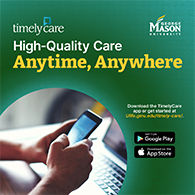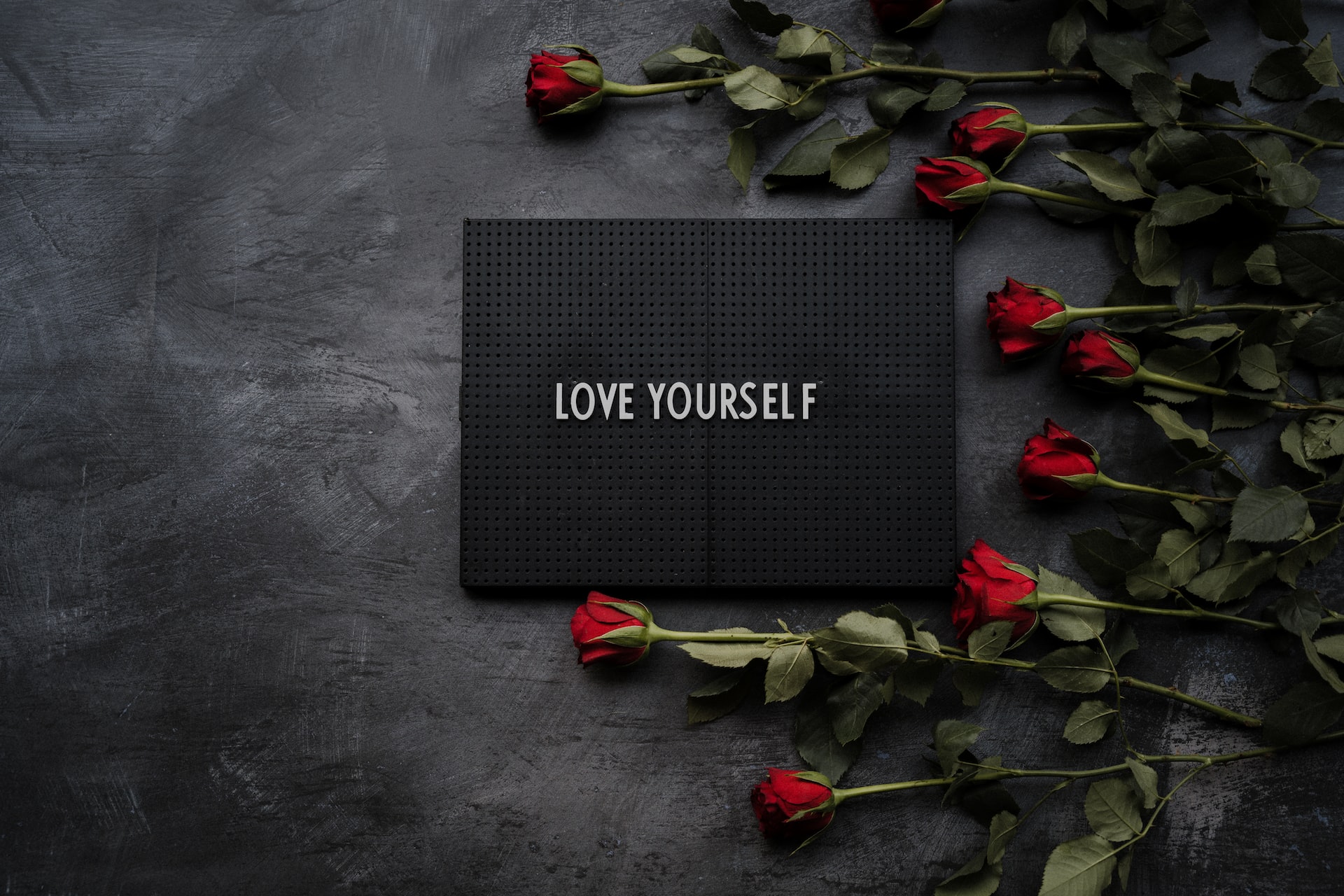By: Christian White, Communications and Marketing Assistant, Center for the Advancement of Well-Being
“Almost everything will work again if you unplug it for a few minutes, including you.” – Anne Lamott
In today’s digital era, social media is a huge part of daily life for much of our society – especially our younger generations. Social media has become such an integral component of our lives that we often fail to realize just how much time we spend scrolling through our timelines and feeds. How much time have you spent lately on social media? If you’re not careful, your social media use can veer into unhealthy territory, affecting your sleep quality, mental health, and self-esteem. The negative impacts of social media use can quickly overshadow its potential benefits. So, it is important to set appropriate boundaries for using social media, to protect your well-being. Here’s how to maintain a healthy relationship with social media.
Sleep Boundaries
According to recent studies, about 98 percent of U.S. college students utilize social media, with more than 50 percent spending from one to five hours on social media networks each day and 57 percent of students spending a minimum of five hours weekly.
For college students in particular, it’s imperative to set healthy boundaries so that scrolling time doesn’t interfere with essential activities such as sleeping.
As someone who has been guilty of scrolling too much on social media myself, I know that it’s easy to spend time lying in bed scrolling through Instagram, Twitter, or TikTok going from video to video. Before you know it, you can spend an hour scrolling through social media instead of sleeping. This can quickly turn into an unhealthy nightly routine.
Too much scrolling close to bedtime can negatively affect your sleeping patterns. Blue light is a wavelength of light often emitted by electronic devices. This visible light spectrum influences your circadian rhythm, affecting your alertness and heart rate.
According to the National Library of Medicine and the Sleep Foundation, exposure to blue light within an hour of going to bed can lead to a disruption of natural sleep cycles and unsatisfactory sleep. It hinders the body’s release of melatonin, which is a hormone that makes us feel sleepy. If you see blue light from a screen too close to bedtime, that can trick your brain into thinking it’s still daytime, disrupting your circadian rhythms and leaving you feeling alert instead of tired.
So, to set a healthy boundary, try activating the “Do Not Disturb” setting on your phone during nighttime hours. For example, I set my “Do Not Disturb” to automatically turn on about two hours before I go to bed. This way, any phone calls, text messages, or app notifications are silenced until I wake up in the morning. This allows time for my body to wind down and prepare for bed, as opposed to being distracted by phone activity.
It may take a bit of time to completely break the habit of nighttime scrolling, but implementing this boundary is a great first step toward that goal.
Mental Health and Self-Esteem Boundaries
You can also experience negative emotions from comparing yourself to other people’s social media posts. According to the JED Foundation, social media comparison can lead to depression, poor body image, eating disorders, and decreased overall well-being. While scrolling on your timelines, it’s very easy to compare someone else’s “highlight reel” (best moments, big accomplishments, newest purchases, vacations) to your everyday, behind-the-scenes life. That can provoke feelings of inadequacy, jealousy, envy, and loneliness.
It’s important to remember that any person’s social media is controlled content. Rarely will people post about their failures, bad days, or mishaps. You’ll never know the full story of someone’s life simply by looking at their social media pages. As former U.S. President Theodore Roosevelt famously said, “Comparison is the thief of joy.” You must be careful not to fall into the trap of comparison and inferiority. Instead, shift your focus to being grateful for what you have right in front of you.
In addition to this mindset shift, you also have complete control to curate a social media feed that inspires and encourages you. If your timeline leaves you feeling inadequate, discontent, or stressed out, you have the power to change who you follow and tailor the content you see.
Choose What Works Well for You
Finally, it’s perfectly fine to take a social media break whenever you need one. Disconnecting from social media – whether for 24 hours or multiple weeks – can be a liberating practice that allows you to prioritize yourself and focus on your well-being. While the thought of not keeping up with the latest tweets and posts may seem daunting, protecting your mental health makes it more than worthwhile. Try deleting social media apps from your phone entirely for a period of time. They won’t go anywhere, so you can always download them again once your break is complete.
Remember that social media is a choice, not a requirement. You have the power to create essential boundaries that produce a healthy relationship with social media. These practices will help you develop and maintain a relationship that puts your well-being at the forefront.
Additional Resources
- This study from the National Library of Medicine explores social media’s impact on mental health.
- This TEDTalk by Dino Ambrosi discusses the impact of unhealthy social media use and how to create healthy social media habits.
- This study by Concordia University highlights some of the pros and cons of college students using social media.
Write one of these Thriving Together Series features! We’re looking for contributions on all topics related to well-being. Read other Thriving Together Series articles here and contact us at cwb@gmu.edu for guidelines. Thank you for helping our Mason community thrive together online!






















